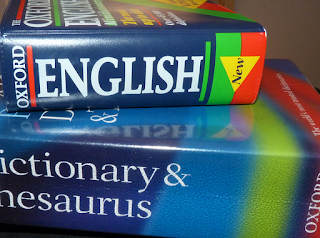The unbridled success of the Kamasutra
flowed over into other forms of art. It was the theatre in particular
that embraced the new found love for artistic expression, where
sensuality found its way to the stage even more than before. Tastes
were assigned to human emotion, of which the most fashionable was the
taste of the “rapturously erotic”. It is thus thanks to the
playwrights of the time, that the Kamasutra was kept alive, where its
predecessors did not survive history.
Poems and plays in the centuries to follow show not only remarkable similarities to the Kamasutra, there are sometime direct copying of the behaviours described that the playwrights and writers emulated in their own works.
Poems and plays in the centuries to follow show not only remarkable similarities to the Kamasutra, there are sometime direct copying of the behaviours described that the playwrights and writers emulated in their own works.
 In later centuries the influence of the
Kamasutra extended into religion even more. Only now it was more
subtle and kama was brought into the realm of love at a higher level
of existence, not the physical. This love was pictured as divine in
essence and as such lead poets to abusing this new love in their
writing – if sex now had a divine expression, they could use every
single chance to exploit it, couldn't they?
In later centuries the influence of the
Kamasutra extended into religion even more. Only now it was more
subtle and kama was brought into the realm of love at a higher level
of existence, not the physical. This love was pictured as divine in
essence and as such lead poets to abusing this new love in their
writing – if sex now had a divine expression, they could use every
single chance to exploit it, couldn't they?
Despite all the interest in religion
and eroticism, people no longer studied the original text of kama.
Until about the twelfth century when a Buddhist monk (anyone else
notice the irony here?) took up the baton by studying the ancient
text of the Kamasutra, For by this time it was ancient. Like the
writer of the Kamasutra who studied its ancient predecessor, so did
Padmasri . He considered the Kamasutra to be the authoritative text
on the subject, even though at that time it was far outdated for its
social context.
The monk may have used the Kamasutra
as the reference, but he updated its psychological approach and added
a magical touch mostly influenced by the Tantric theologies of
traditional medicines. Remember the aphrodisiacs? Padmasri's recipes
now included the more rustic ingredients of a hyena's eye, or coating
the genitals with red arsenic, sulphur and honey, not to mention an
ingredient or two that had to have made even the hardiest believer
cringe.
There were others to follow doing the
same thing as Padmasri, but then added their own interpretation to
some aspects of the Kamasutra. Kokkoka classified women into four
categories, and thus adapted the text accordingly. (Good thing he is
long dead, or he would not have lived very long in this era!)
More and more sex manuals saw the
light, but each became more obsessed with sex to the point that kama
became equated with sex, instead of pleasure that originally included
other activities as well. As time passed the Kamasutra became more
obscured, eventually becoming relegated to the religious libraries.
But as the Kamasutra became more
forgotten so grew the visual arts of the erotic, thanks to the
Persian influence of painting. There are no surviving manuscripts
before the twelfth century, thanks to the lack of concern for
preservation of such texts and paintings, although it seemed unlikely
that there would have been illustrated versions of the Kamasutra
anyway. The visual representations of the erotic can mainly be
ascribed to the late fifteenth century, because of Persian
predilection for miniature painting.
It was however a British scholar, Sir
William Jones, who found the ancient relic almost by accident. And
it was thanks to two unusual amateur enthusiasts in the Victorian
period, that not only brought the Kamasutra to the attention of the
West, but also managed to let India rediscover its own erotic
classic.













